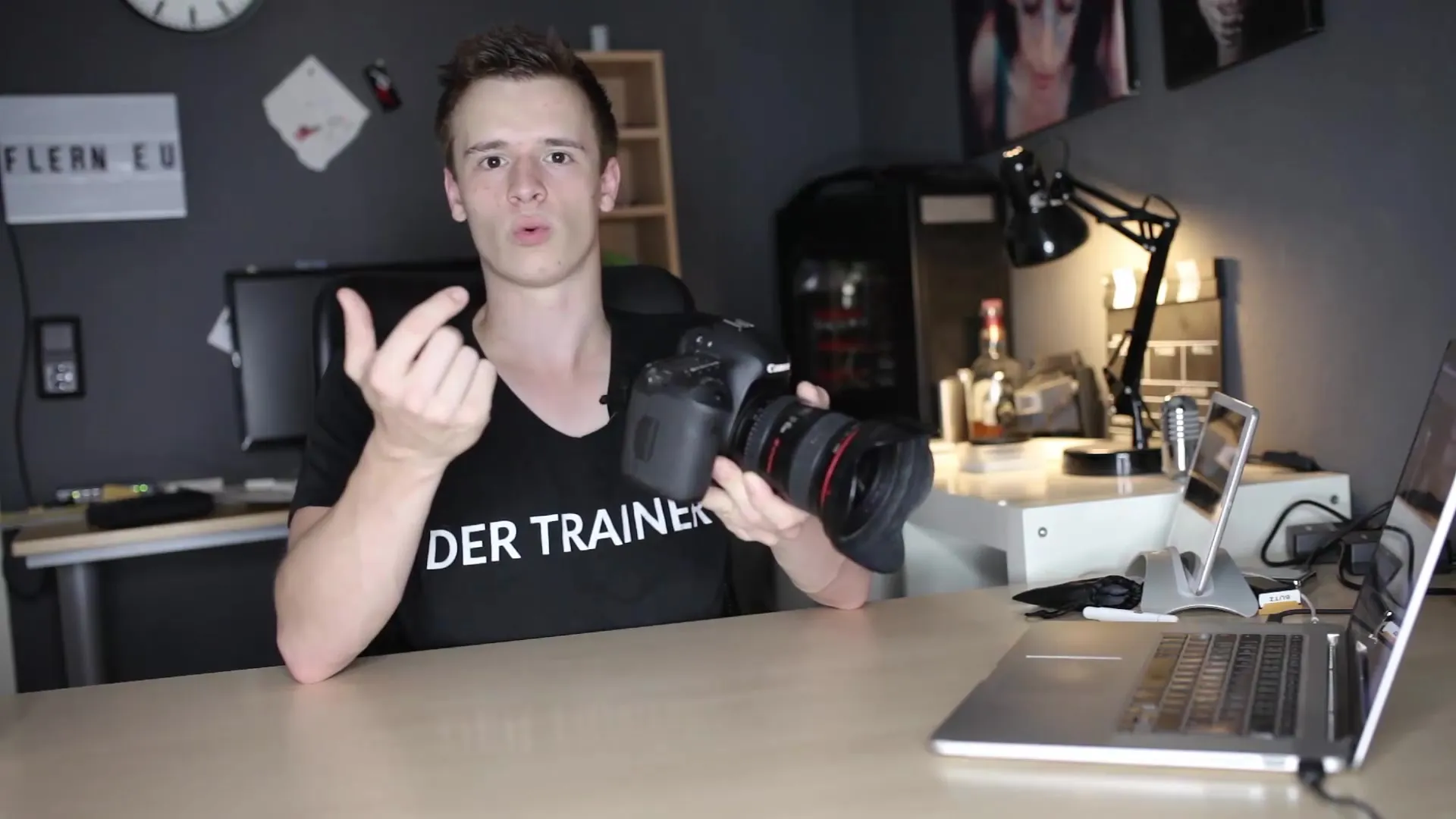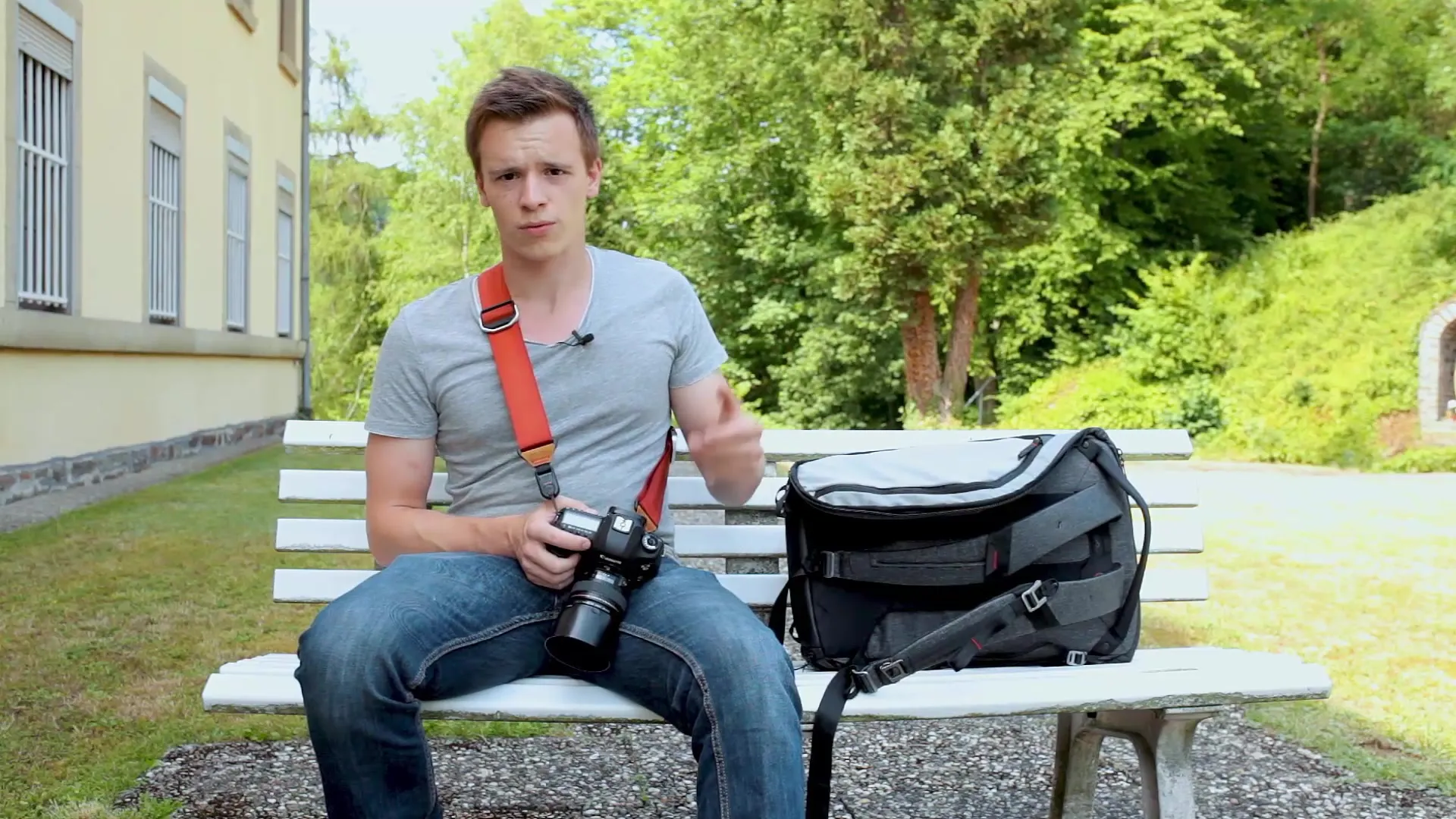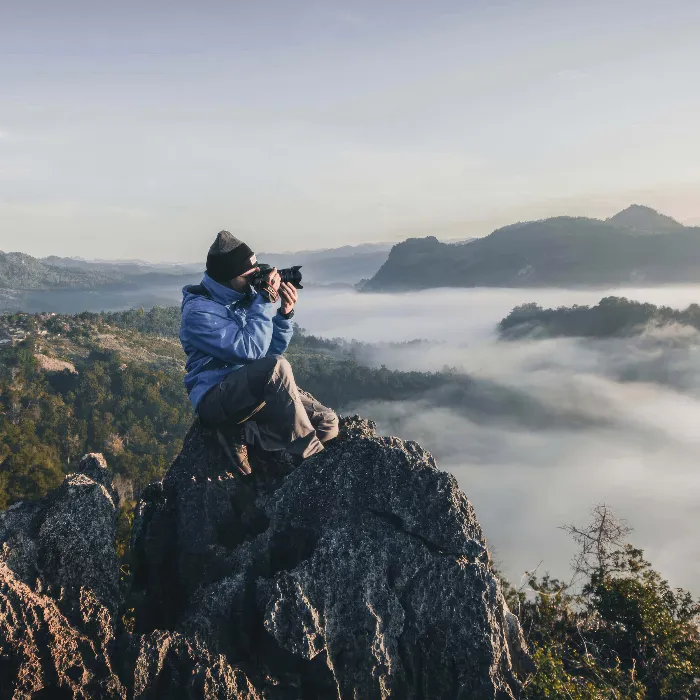Shooting in TV or S-Mode is an excellent way to take control of the shutter speed while also expanding your creative options. This mode allows you to set the desired time value while the camera automatically adjusts the aperture. In this guide, you will learn how to make the most of the TV mode to elevate your photography to the next level.
Key Insights
- The TV mode (Shutter Priority) allows manual adjustment of the shutter speed.
- The camera automatically calculates the appropriate aperture and ISO values for correct exposure.
- Long exposures can be easily achieved without worrying about the aperture.
- Pay attention to warnings from your camera that the selected settings may lead to over- or underexposure.
Step-by-Step Guide
1. Entering the TV Mode
In the first step, switch your camera to the TV or S mode. Here, TV stands for "Time Value." This mode gives you the ability to directly control the shutter speed while the camera adjusts the aperture and ISO values accordingly.
2. Choosing the Shutter Speed
Now select a shutter speed that meets your needs. For example, if you want to capture fast movement, choose a shorter shutter speed like 1/500 seconds. The camera will then suggest the appropriate aperture and ISO value to correctly expose the image.

3. Performing a Long Exposure
An interesting option in TV mode is long exposure. For example, set a shutter speed of 1 second or longer. This allows you to create impressive effects, especially in scenes like sunsets or flowing water. The camera adjusts the aperture accordingly to expose the image correctly.

4. Controlling Exposure Compensation
If you feel that your image is too bright or too dark, you can adjust the exposure compensation in the camera menu. This function allows you to increase or decrease the exposure by a certain amount to achieve the desired result.
5. Using Camera Warnings
While shooting, pay attention to warning signals and blinking icons on your camera display. These warnings notify you when your selected settings are not optimal, and correct exposure is currently not possible. For example, the camera may blink on Canon models if the aperture is not adjustable.
6. Special Challenges in Live View
When shooting in Live View, be aware that some cameras, like Canon, have a limit. You cannot expose for longer than 30 seconds as this overloads the camera. Check the capabilities of your specific camera to achieve the best results.
Summary – Learning to Photograph: Shutter Priority in TV Mode
The TV mode is a powerful step away from automatic photography towards more creativity and control. By manually setting the shutter speed and allowing the camera to adjust the other values, you can intentionally shape the atmosphere of your photos. With practice and the right settings, you will be able to create impressive shots that carry your personal touch.
Frequently Asked Questions
What is the TV mode?The TV mode is a semi-automatic camera mode where you set the shutter speed manually.
How does automatic aperture adjustment work in TV mode?In TV mode, the camera calculates the perfect aperture to achieve optimal exposure for the shutter speed you selected.
What warnings should I pay attention to in TV mode?Look for flashing warning symbols that indicate whether your settings may lead to over- or underexposure.
Can I perform long exposures in TV mode?Yes, you can take long exposures in TV mode by setting an appropriate shutter speed.
Are there limitations in Live View?Yes, some cameras do not allow shutter speeds longer than 30 seconds in Live View.


